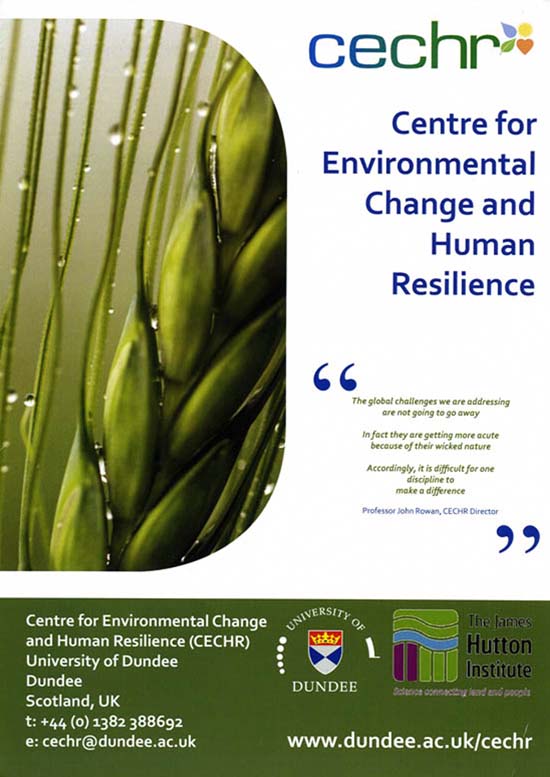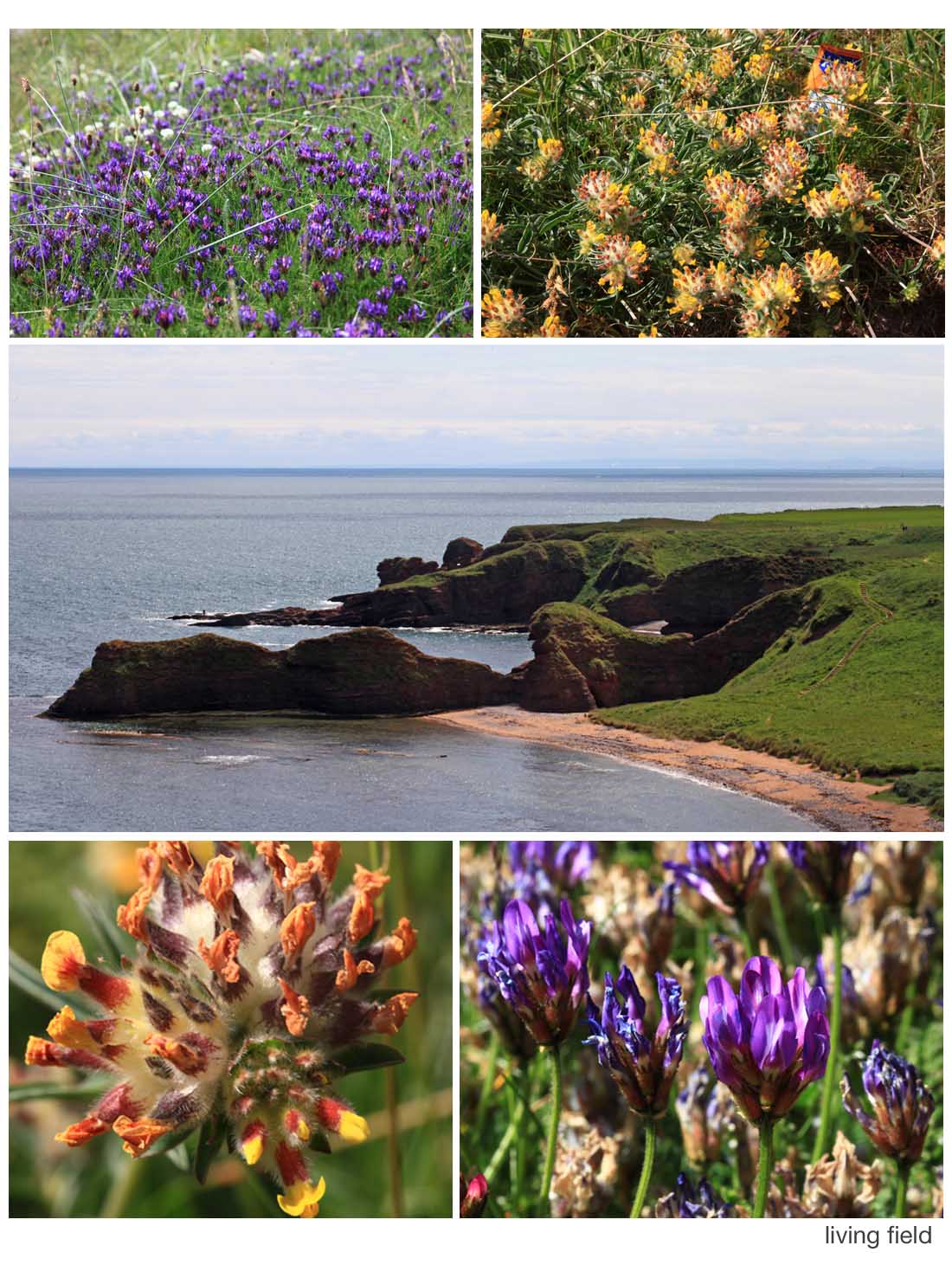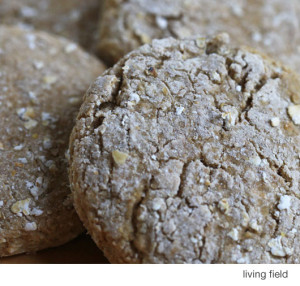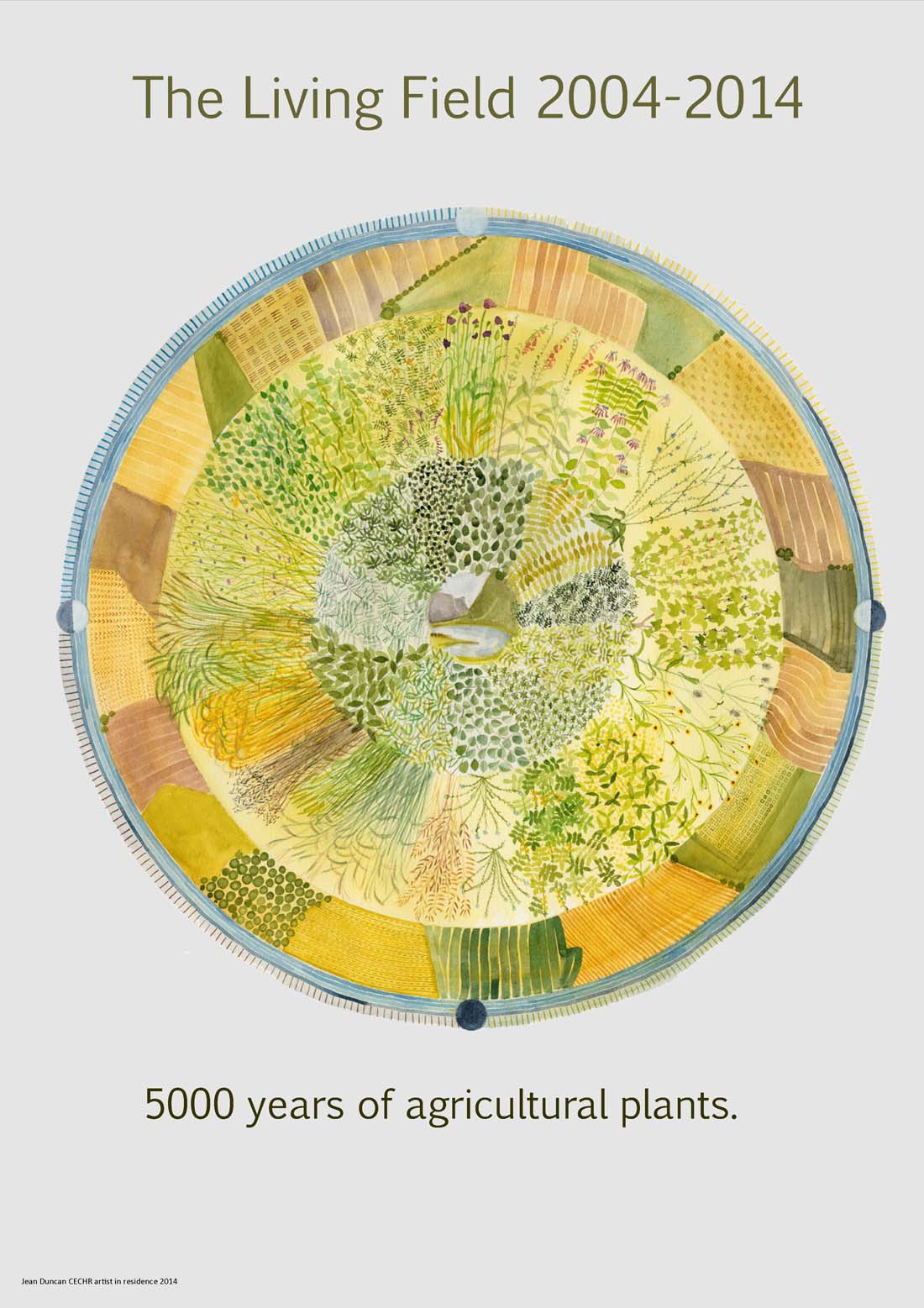The Living Field is pleased to see Tracey Dixon’s image of the Garden’s emmer wheat Triticum dicoccum take prominence on CECHR’s poster.
Month: June 2015
Kidney Vetch and the small blue
The kidney vetch Anthyllis vulneraria was noted in a recent post about nitrogen-fixers living by the shore on the east coast of Angus. But the kidney vetch has wider acclaim as host of the rare Small Blue butterfly Cupido minimus.
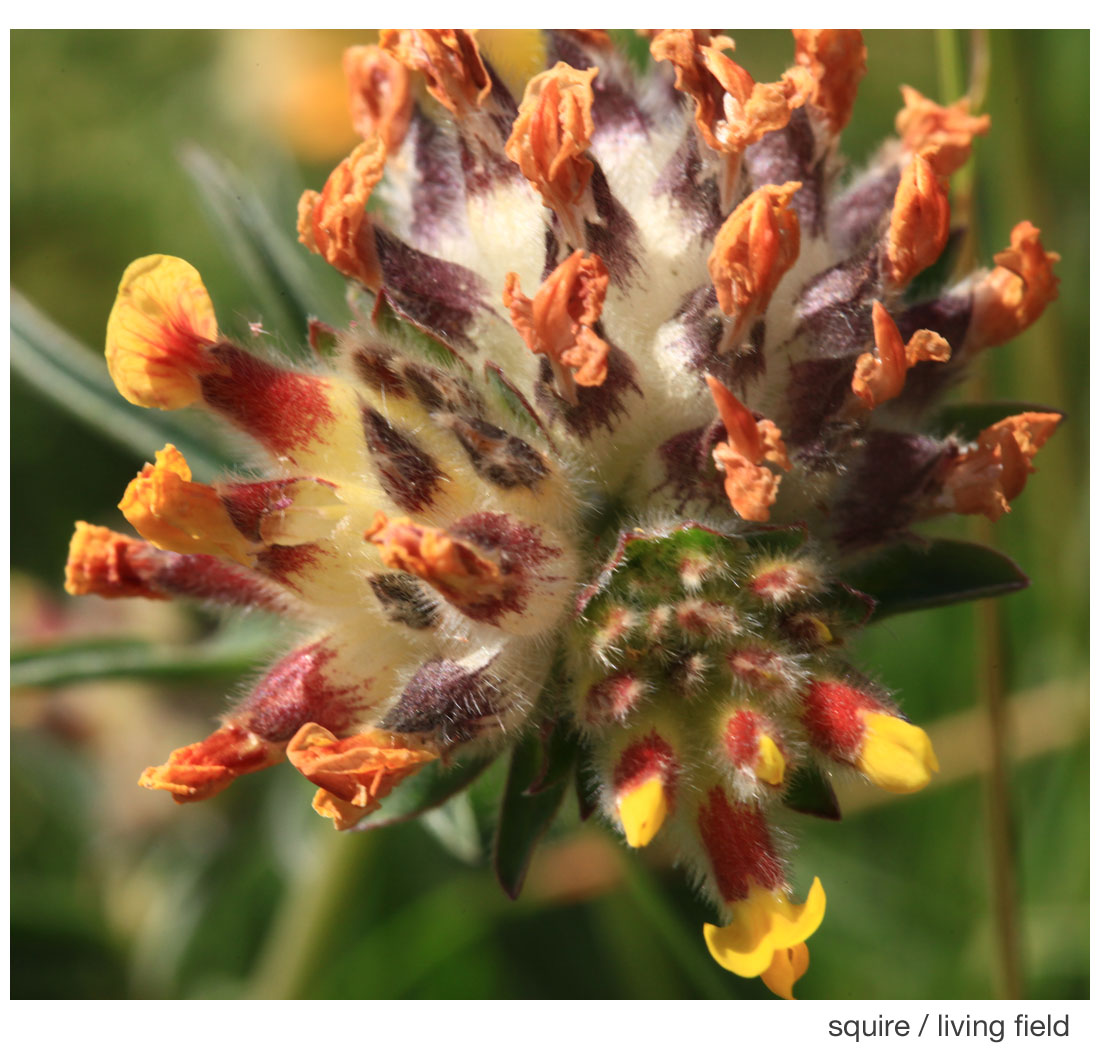
The small blue lays its eggs in the flowering heads of kidney vetch. The hatched larvae then eat the flowers and the developing seed.
However, the range of the butterfly in the north east has decreased in recent years and attempts are being made to record its occurrence. For more on the small blue and current surveys in Scotland –
- Butterfly conservation – small blue
- North East Biodiversity – small blue butterfly project
- East Scotland butterflies – small blue survey
In the latter can be found people to contact if you want to take part in surveys or to report sight of the butterfly.
Kidney vetch
The kidney vetch is one of the nitrogen-fixing legumes that occur in nitrogen-poor, dry and unshaded environments around the coast of eastern Scotland.
Yet it was once considered as a sown forage – a constituent of vegetation managed for stock-feeding. Lawson and Son (1852) write that it ‘does not yield much produce, but is eaten with avidity by horses, sheep and cattle, and also by hares and rabbits, and might therefore be introduced into mixtures for very dry soils’.
In the Garden
The Living Field garden grows kidney vetch in its medicinals collection and in the raised beds that have housed a legume collection over the past few years (images below). It grows well, forming luxuriant clumps up to 30 cm in height, taller than on the coast. The flowers are usually more yellow, less red than on the wild plants.
It flowers and seeds profusely in the garden. Some plants die in the winter, but in the last two years it has regenerated freely from its own dropped seed.
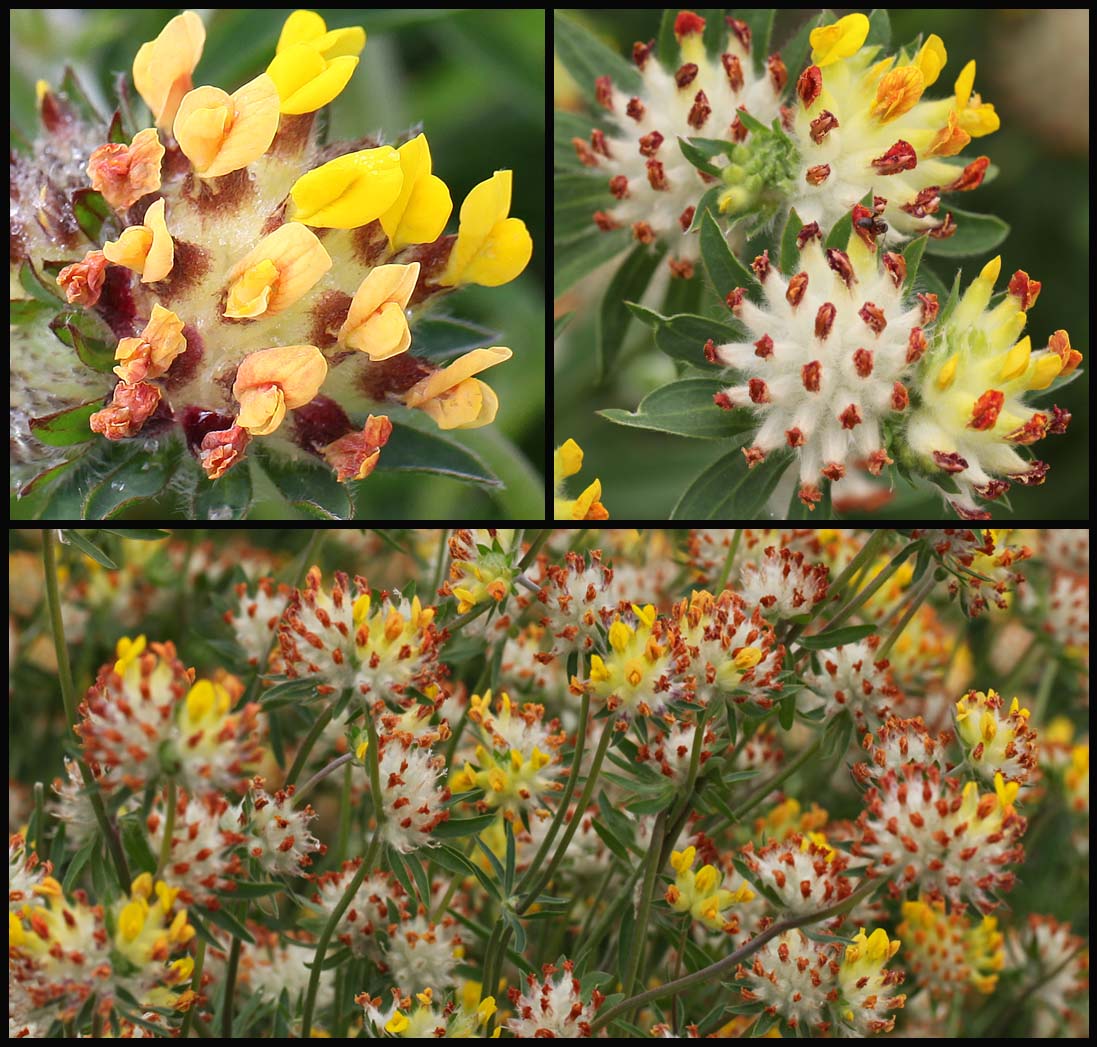
The flower heads
The round ‘wooly’ heads may be confusing at first sight, but each ball consists of usually three separate heads each holding many individual flowers. The three heads do not all flower at the same time.
In the image at the top of the page, the head to the lower right is the latest to flower – some flowers are still in bud while others have the fresh yellow petals emerging from the red calyx tube (which previously enclosed the bud). The head to the left has a mix of new and withered flowers. The largest one, at the top middle and right, has finished flowering: all petals are withered orange, the calyx tubes have turned purple and the hairs have expanded into a whitish mass, protecting the seeds that will form deep in the tubes.
Reference
Lawson and Son. 1852. Synopsis of the vegetable products of Scotland. Authors’ private press, Edinburgh.
Fixers 1 Coastal legumes
First in a series on nitrogen fixing legume plants.
Legumes are a group of plants that ‘fix’ nitrogen gas from the air to make proteins that are essential for growth and survival. When legume tissue dies, the nitrogen (N) is returned to the soil.
Legumes have many uses to people as food, medicinals and dyes. They also support insects that in turn carry out ecological functions such as scavenging and pollination.
Here we begin a short series on wild N-fixers. First are those that live by the eastern shores of Angus.
The east coast of Angus (middle image) is rich in wild legumes. Those shown here live just above the beach or on top of the cliffs, where the vegetation is short and there are no bigger plants to out-shade them. Top left is a patch of purple milk-vetch Astragalus danicus and white clover Trifolium repens behind, top right kidney vetch Anthyllis vulneraria with litter, and ( bottom) flowering heads of kidney vetch (left) and purple milk vetch.
Nearby were patches of meadow vetchling Lathyrus pratensis, bird’s-foot-trefoils Lotus species, and on the cliff-tops bush vetch Vicia septum, gorse or whin Ulex europaeus, broom Cytisus scoparius and the introduced laburnum Laburnum anagyroides.
One reason for the presence of legumes here is an unfarmed habitat, low in nitrogen. Fixation by the legumes is one of the main routes by which the plants and soils get their essential nitrogen.
Most of these wild legumes have been tried over the last few thousand years as crops or forages. Some such as kidney vetch have been well-know medicinals (a vulnerary is a herb for treating wounds). Few have remained useful to agriculture, perhaps the best known being white clover, still cultivated today to enrich grass fields with fixed nitrogen.
Legumes are of the pea family Fabaceae, previous known as Leguminosae.
Related on this site:
- Kidney vetch and the small blue
- Fixers 2 – restharrow
- Fixers 3 – crimson clover
Contact: geoff.squire@hutton.ac.uk
Bere bannocks
This recipe is an adaptation from the booklet ‘Barony Mills – Bere Meal Recipes’ from Birsay, Orkney.
Ingredients
60 g self-raising flour
40 g rolled oats
2 teaspoons bicarbonate of soda
1/2 teaspoon salt
250 ml milk
What to do
Mix all the dry ingredients together then add enough milk to make a soft dough. Turn out onto a board coated with beremeal/oat. Flatten by hand until about 1 cm thick, then make rounds using a pastry cutter (7 cm). Bake in the centre of the oven at 170/180 degrees C for about 10 minutes, then turn the bannocks and bake for 5 minutes. Alternatively, bake on a dry griddle or pan on the top of the cooker for about 5 minutes each side. This makes a batch of about 8 bannocks. Alternatively, shape into a large round, mark out 8 segments and bake for about the same time.
Notes
The original recipe was used by the Creel Restaurant, St Margaret’s Hope. In addition to the beremeal, it used 100 g plain flour and no rolled oats. I have substituted this with 60 g self raising flour which gives a bit more ‘lift’ to the product. The rolled oats also seems to make the bannocks lighter, almost a cross between bread and a scone!
The crucial thing in baking bannocks is to get the proportions right – proportions of the dry constituents with the right amount of raising agent, in this case baking powder.
Barony Mills is Orkney’s only remaining working mill – and a water-powered one at that. It produces traditional Orcadian beremeal, a speciality flour with a nutty brown colour and a distinctive flavour, which has been used in this recipe.
Recipe by Granny Kate
Links on this site
Seeded oatcakes with bere meal
The bere line – further links and pages on the history and uses of bere barley
Landrace 1 – bere – for information on the Orkney bere landrace

